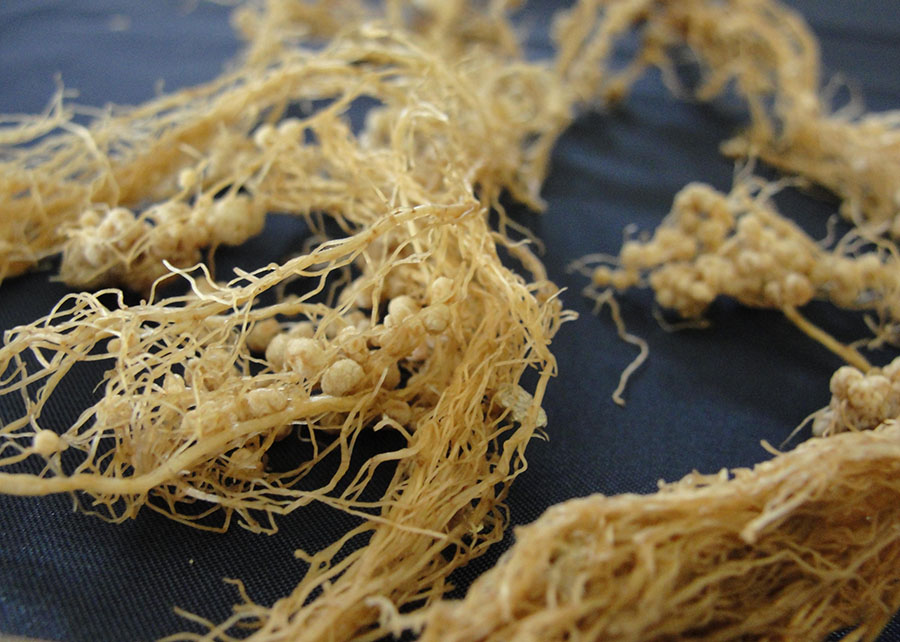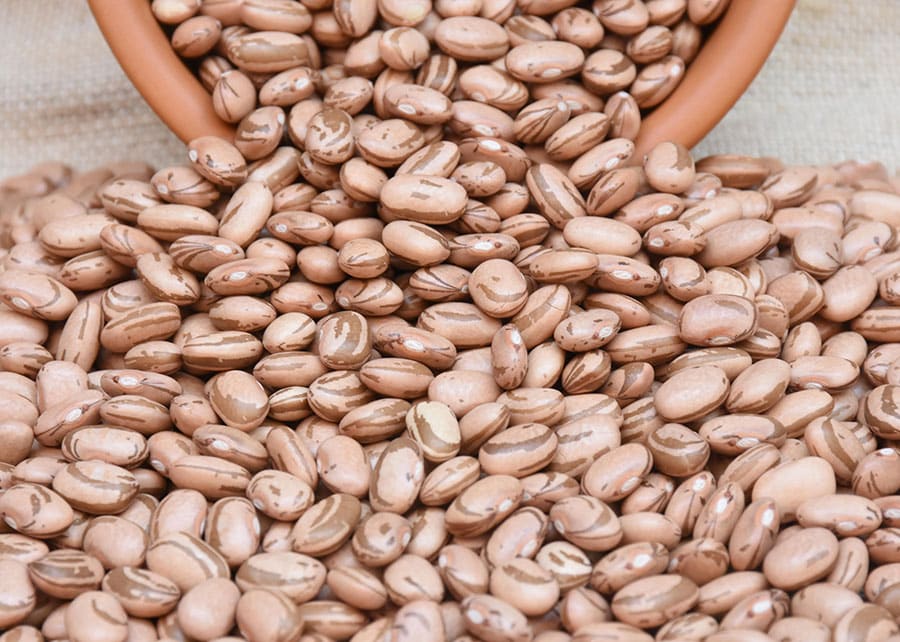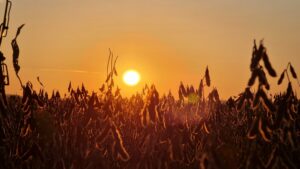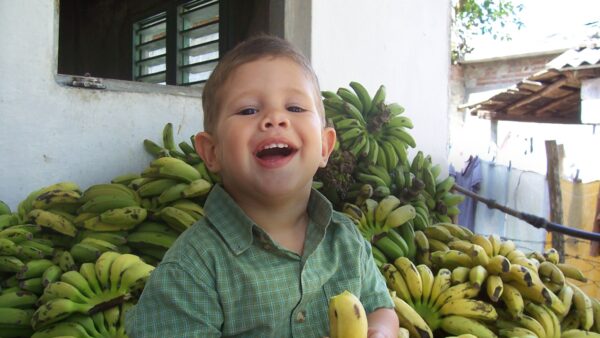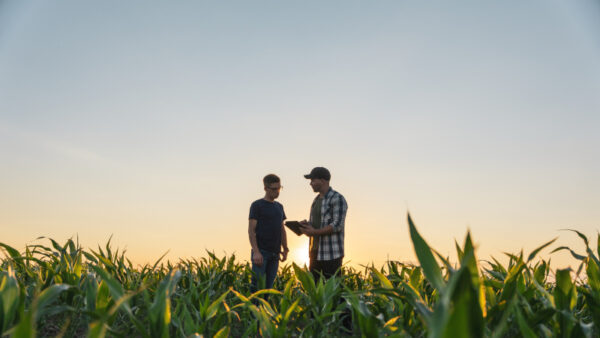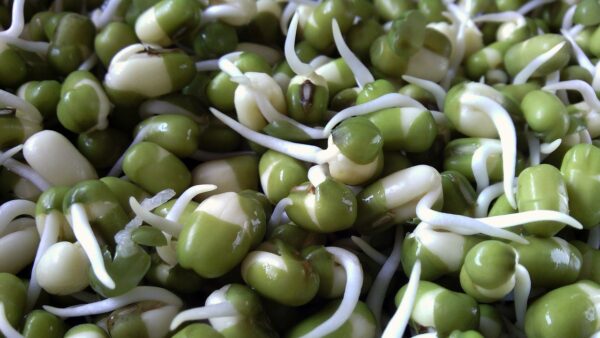Researchers from São Paulo State University (UNESP) at its Tupã campus in Brazil have developed and tested a new geospatial intelligence methodology that significantly enhances the speed and accuracy of land use management and territorial planning projects. This innovative tool has successfully mapped areas of the Amazon rainforest, Cerrado vegetation (Brazil’s savannah-like biome), pastures, and agricultural crops in double-cropping systems. The results can inform public policies focused on both agricultural production and environmental conservation.
By integrating data cube architecture (ready for analysis) from the Brazil Data Cube project, led by the National Institute for Space Research (INPE), with the Geobia (Geographic Object-Based Image Analysis) approach, the researchers were able to identify vegetation types and double-cropping systems, such as soy and corn, throughout the harvest season in Mato Grosso. This process utilized time series of satellite images from NASA’s Modis (Moderate Resolution Imaging Spectroradiometer) sensor.
The combination of these methods, enhanced with machine learning algorithms, achieved an impressive 95% mapping accuracy, according to a press release.
Geobiology is a technique that processes satellite images by segmenting them into geo-objects, grouping similar pixels based on their characteristics such as shape, texture, and reflectance. This method often provides a more accurate and realistic interpretation of the data. Data cubes, on the other hand, organize information along the dimensions of time and space, making it easier to aggregate and visualize data specific to a given location and time period, such as crop areas in a particular harvest year.
Currently, mapping uses pixel image analysis in isolation, which ends up creating edge problems with blurring in some areas. “Scientific work has highlighted spectral confusion in border zones between different land uses as an area for improvement. So, we decided to segment the images and evaluate the geographical object as the minimum unit of analysis, rather than the pixel. It’s as if the image were broken down and classified according to each piece. In this way, we were able to reduce recurring edge errors and accurately identify the targets, even with moderate spatial resolution,” Michel Eustáquio Dantas Chaves, professor at the Faculty of Science and Engineering of UNESP and corresponding author of the article, told Agência FAPESP.
Chaves has been using data cube architecture for several years to develop tools that contribute to analyses focused on the advancement of the agricultural frontier, especially in the Cerrado.
The methodology can also be applied to evaluate images from other Earth observation satellites, such as Landsat and Sentinel, which provide essential data for scientific research, mapping, and monitoring. The team led by Chaves is currently processing data from both of these satellite systems.
The article detailing this methodology was published in the special issue Research Progress and Challenges of Agricultural Information Technology in the scientific journal AgriEngineering.
Application in Practice
Mato Grosso leads Brazil’s national grain production, accounting for 31.4% of the country’s total output, followed by Paraná (12.8%) and Rio Grande do Sul (11.8%). The state is projected to reach 97.3 million tons in the 2024/2025 harvest, reflecting a 4.4% increase compared to the previous season, according to the National Supply Company (CONAB). Nearly half of this production (46.1 million tons) is expected to be soybeans.
In addition to its agricultural significance, Mato Grosso is one of Brazil’s most biodiverse states, home to portions of three of the country’s six biomes. Approximately 53% of its territory lies in the Amazon, 40% in the Cerrado, and 7% in the Pantanal.
Given the state’s diverse land uses and vegetation, researchers applied the new geospatial methodology to Mato Grosso, using data from the 2016/2017 harvest, during which Brazil produced 115 million tons of soybeans, with 30.7 million tons coming from the state. The study classified land use across various categories, including agricultural lands (such as soybean-cotton, soybean-corn, and soybean-millet), sugarcane crops, urban areas, and water bodies.
The results demonstrated an overall accuracy of 95%, highlighting the methodology’s potential to optimize the mapping and delineation of both forest and agricultural lands.
“Since the approach manages to identify the targets in a consistent manner, the methodology can be applied to the estimation of areas within the same harvest, favoring productivity estimates; in territorial planning actions and anything that deals with land use and land cover for decision-making,” explains Chaves about the application of the tool.
The professor explains that the methodology also makes it possible to analyze disturbances in forests and other types of natural vegetation. “It’s quicker to detect deforestation than degradation. This method allowed us to detect these variations more quickly.”
In the article, the scientists pay tribute to Professor Ieda Del’Arco Sanches, a remote sensing researcher at INPE who died in January. “This article is a way of thanking her for her teachings and following her legacy. Ieda always worked to accurately assess the Earth’s surface and to treat the data ethically and responsibly, showing how they can contribute to the construction of public policies,” adds Chaves.
The São Paulo Research Foundation (FAPESP) supports scientific research across all fields by awarding scholarships, fellowships, and grants to researchers in São Paulo, Brazil. Recognizing the importance of global collaboration, FAPESP partners with international funding agencies, universities, private companies, and research organizations to enhance the quality of research and encourage global scientific partnerships.



